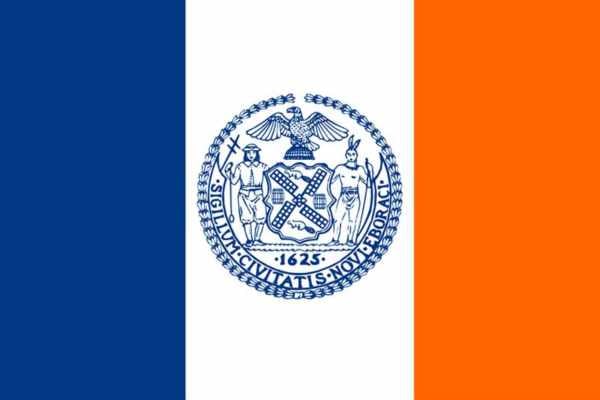Artificial turf does a great job of retaining UV energy absorbed from the sun as well, so outdoor fields tend to have more stable surface temperatures even after sunset. During the winter season, this ability helps keep the surface clear of ice and snow.
However, in warmer months the field can absorb too much heat if the incorrect materials, such as the infill under the field, are inappropriate. Known as a “hot spot”, these fields can combine with other nearby impervious surfaces to collect so much heat so as to injure nearby plant life.
NYC’s Love/Hate Relationship with Artificial Turf
NYC classifies artificial turf as a “carpet” type of material, and regulates its use the same way it regulates other floor coverings. This definition does not generally apply to outdoor artificial turf fields, but may apply when the material is used in an indoor stadium.
In another concern, data has shown that artificial turf leaches PFAs, which are harmful chemicals known to remain in the soil for a very long time. Especially along waterways, these “forever chemicals” can travel far distances, polluting the soil.
NYC has some of the most stringent environmental protection policies, due to the overwhelming lack of natural soil. Central Park is the greatest example of how serious the city is about keeping the city as “green” as possible. At the same time, NYC has 35 new artificial turf fields under construction as of April, 2025.
Climate Considerations
New York City receives harsh winters on a regular basis, leading many sports field owners to wonder if natural turf fields are really worth the expense. MetLife Stadium, for example, uses both artificial turf, and natural grass, depending on the event.
NYC will expect any artificial turf field builders, including sports fields, public spaces, commercial golf ranges, etc., to produce an affidavit from a Professional Engineer (PE), Registered Architect (RA), or other licensed design professional.
Concerned Citizens
Sports fields in NYC are also subject to concerns from neighborhood associations. These associations have no particular authority beyond those of a concerned citizen. But, as of 2025, there were enough resident complaints to justify a new legislative bill that essentially bans the use of artificial turf in public spaces.
As of July, 2025, New York City has not enacted any outright bans on the use of artificial turf, but those opposed to the material often cite hot spots, erosion, and damage to the ecosystem as justification. Those interested in building an artificial turf sports field in New York City might want to get their projects approved sooner, rather than later.

